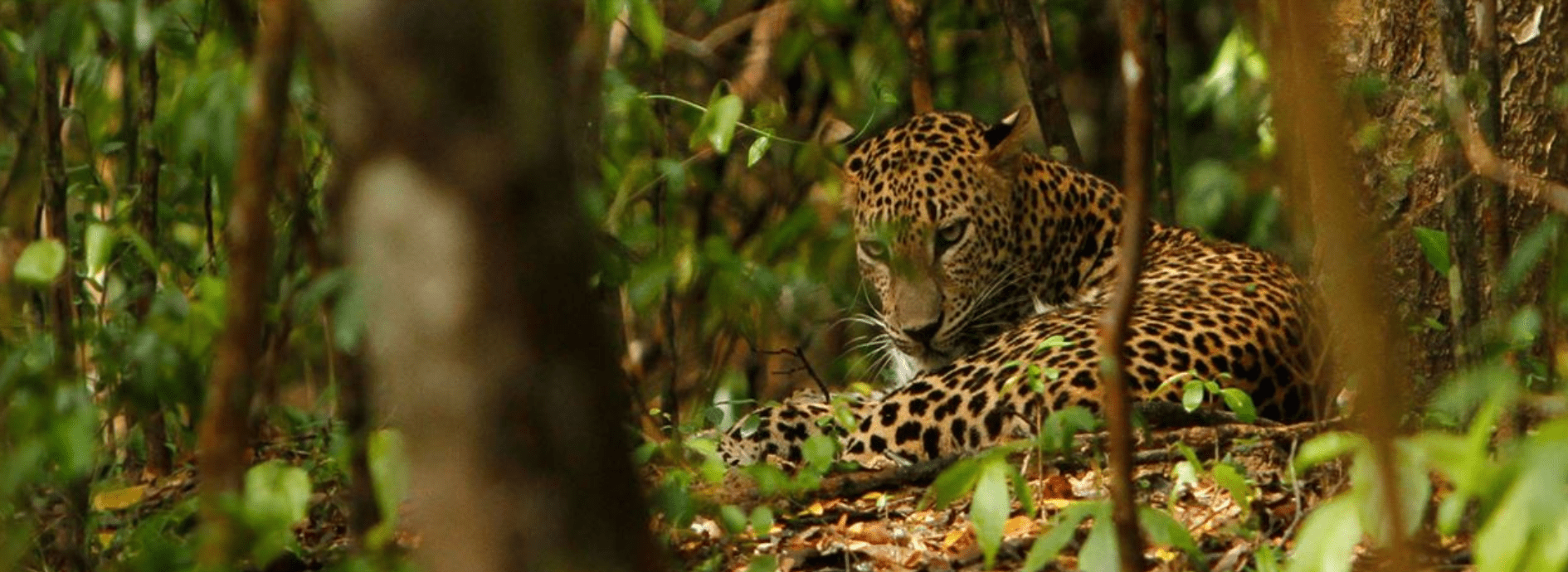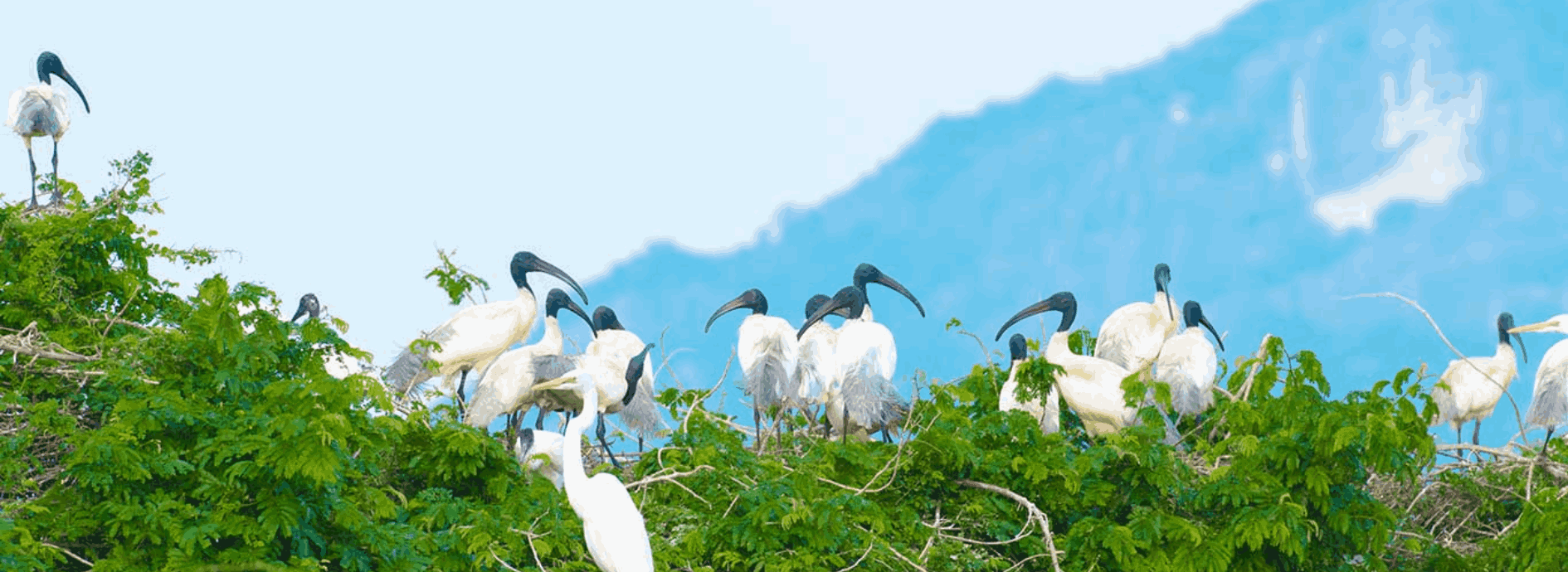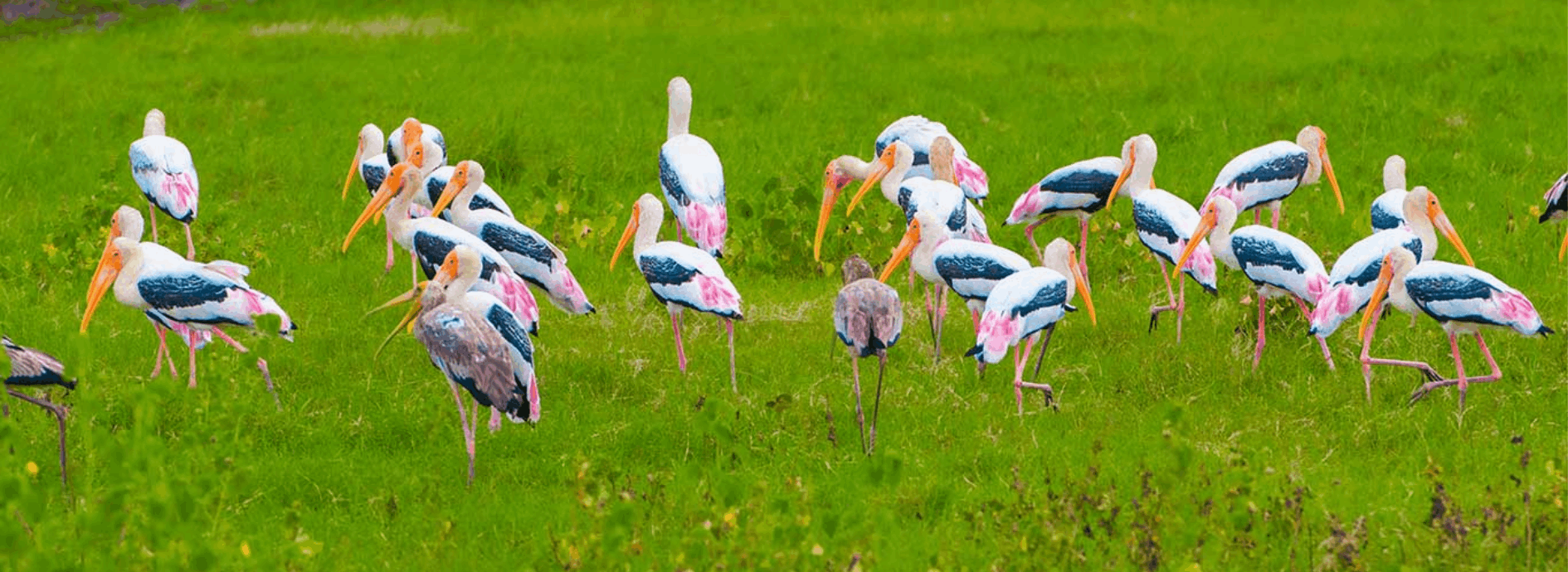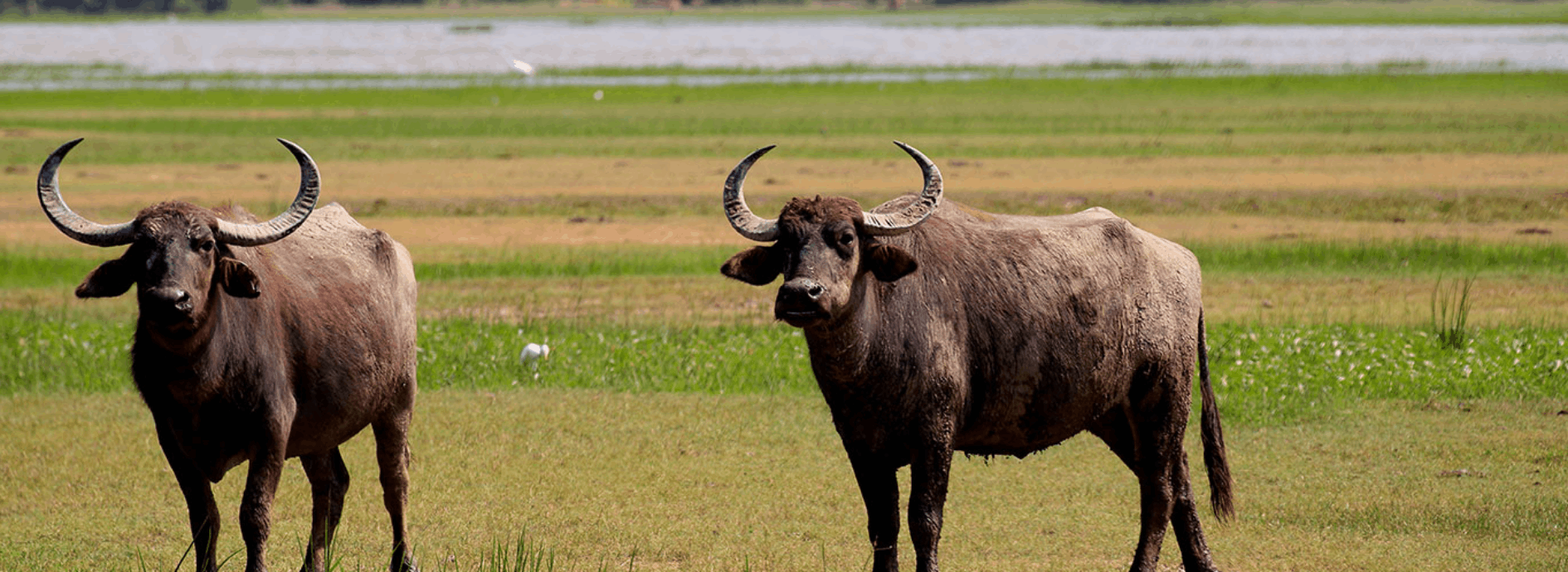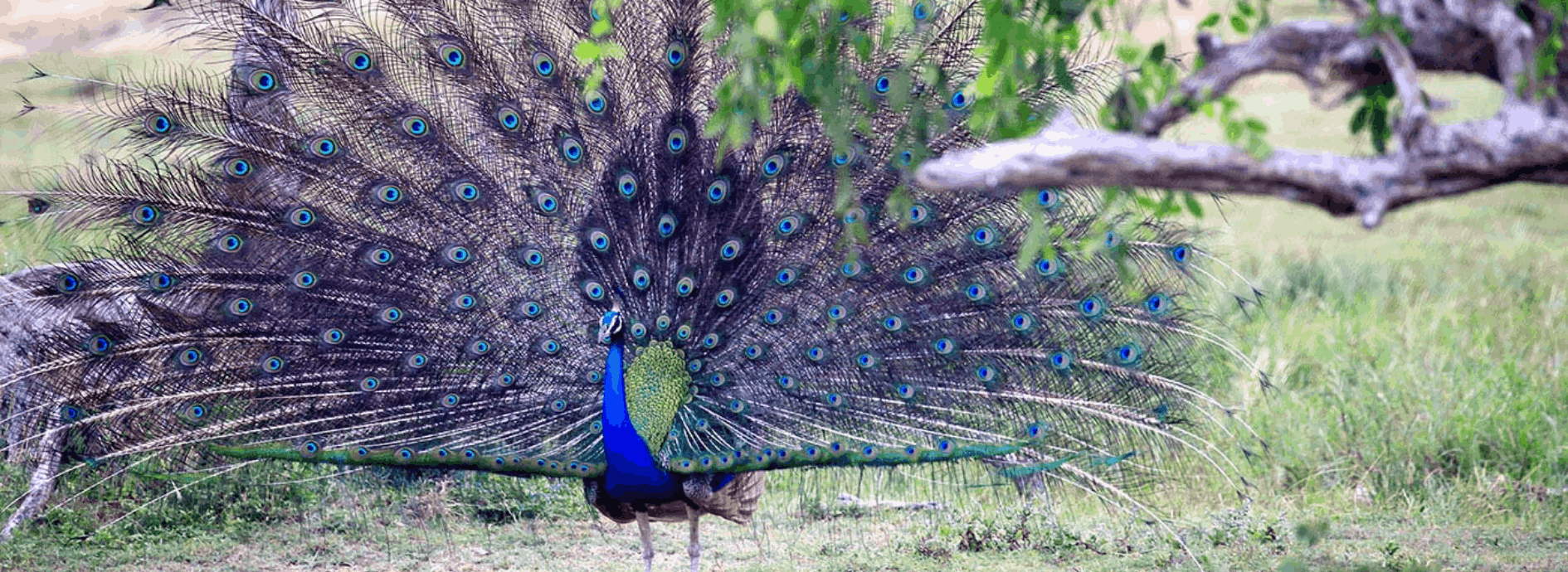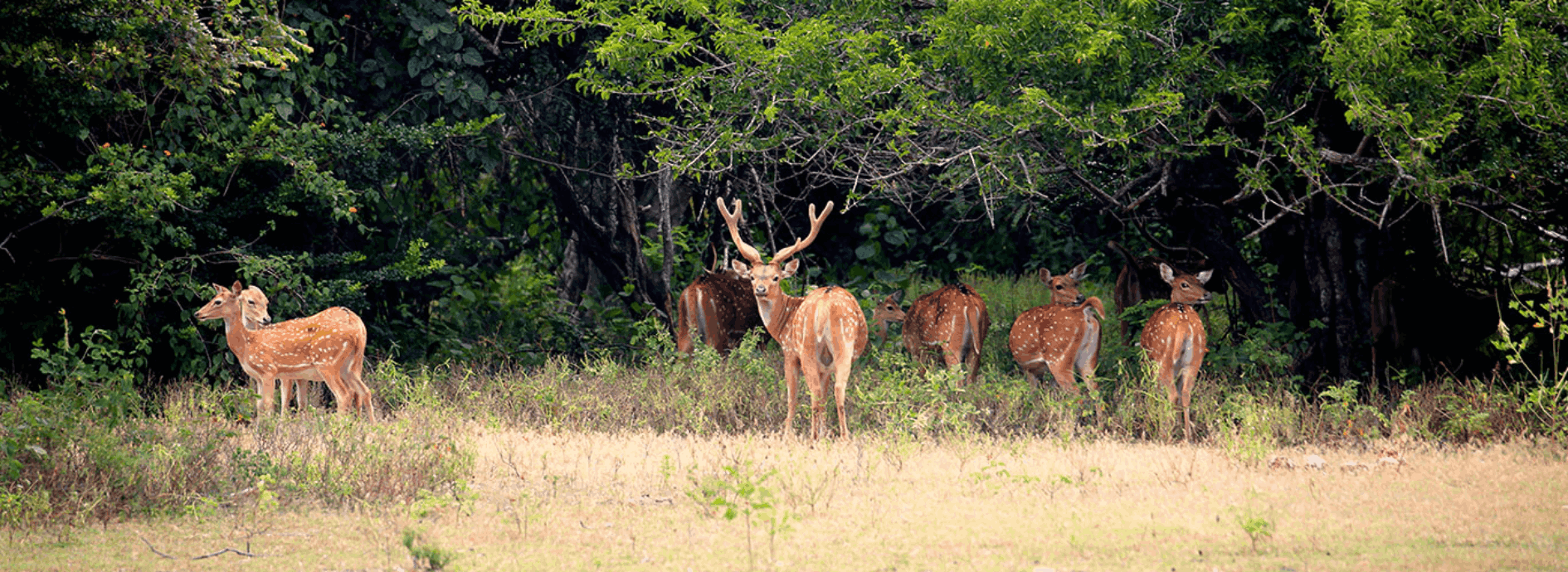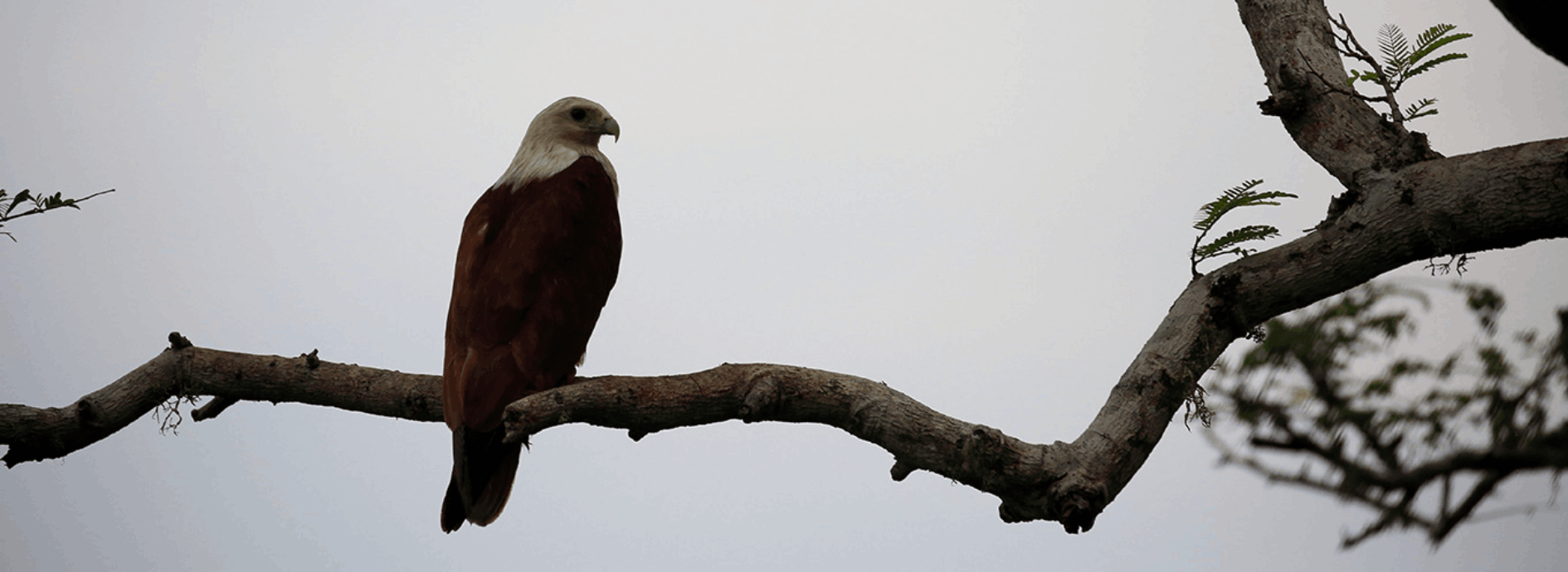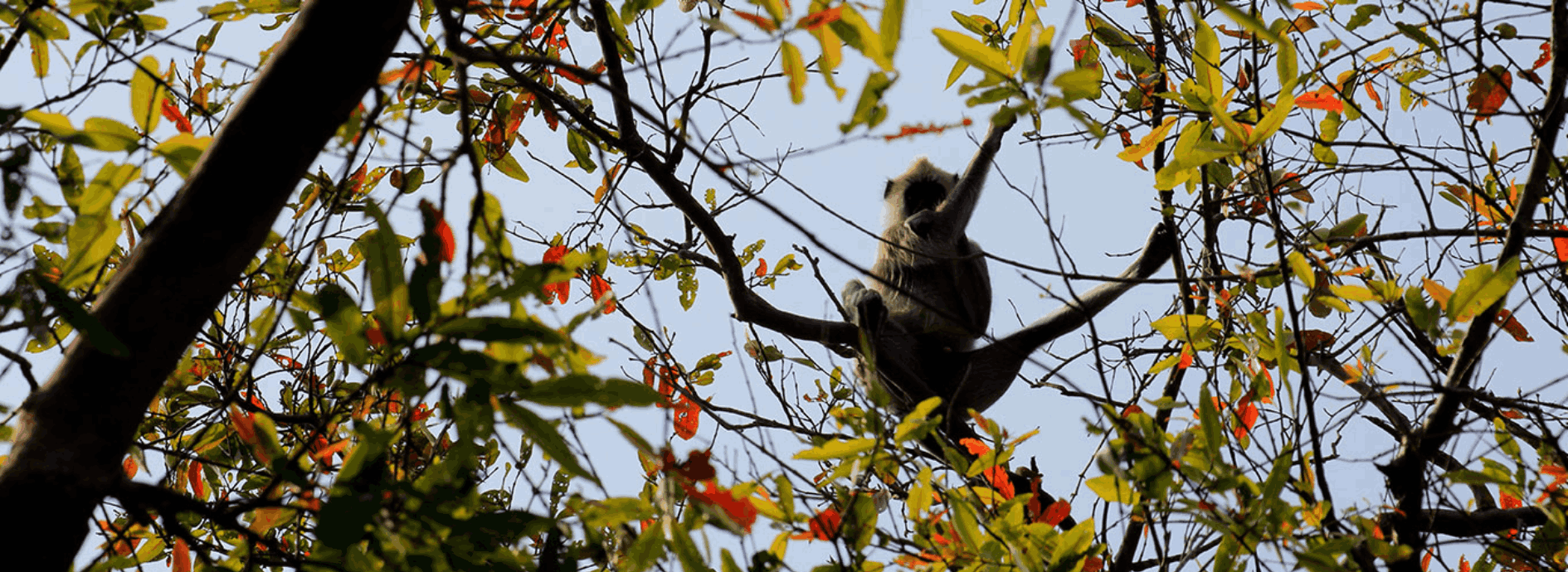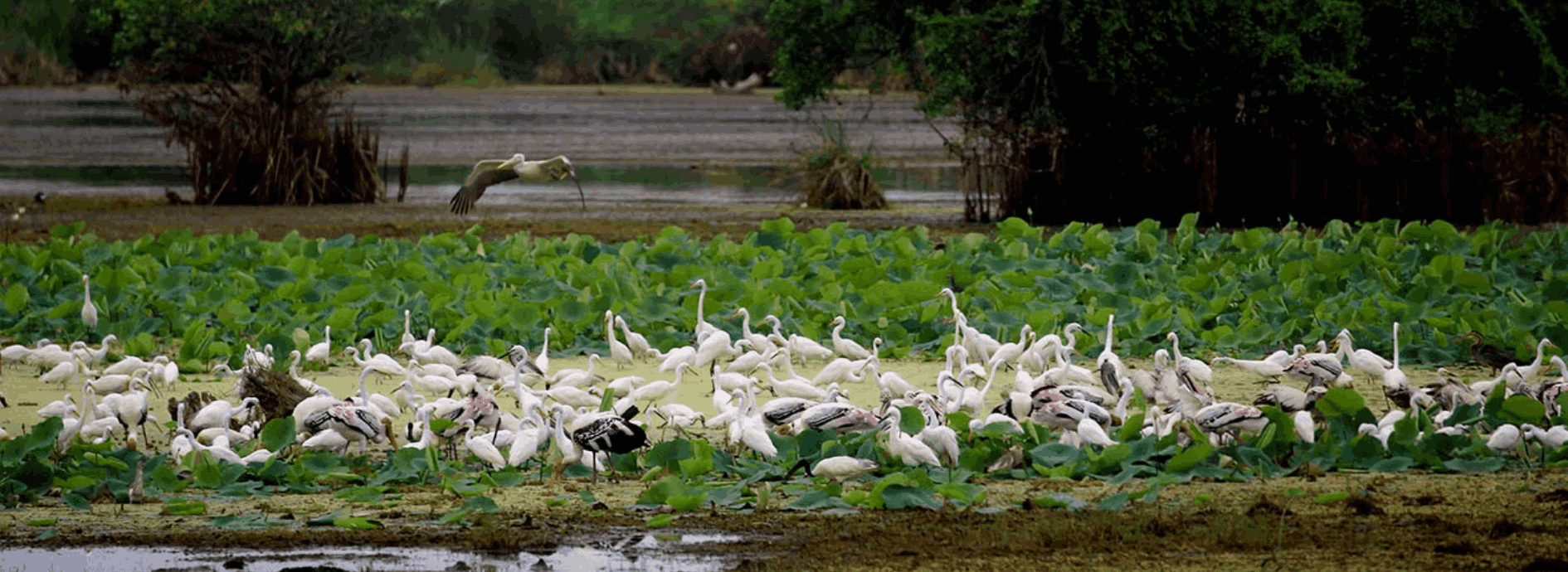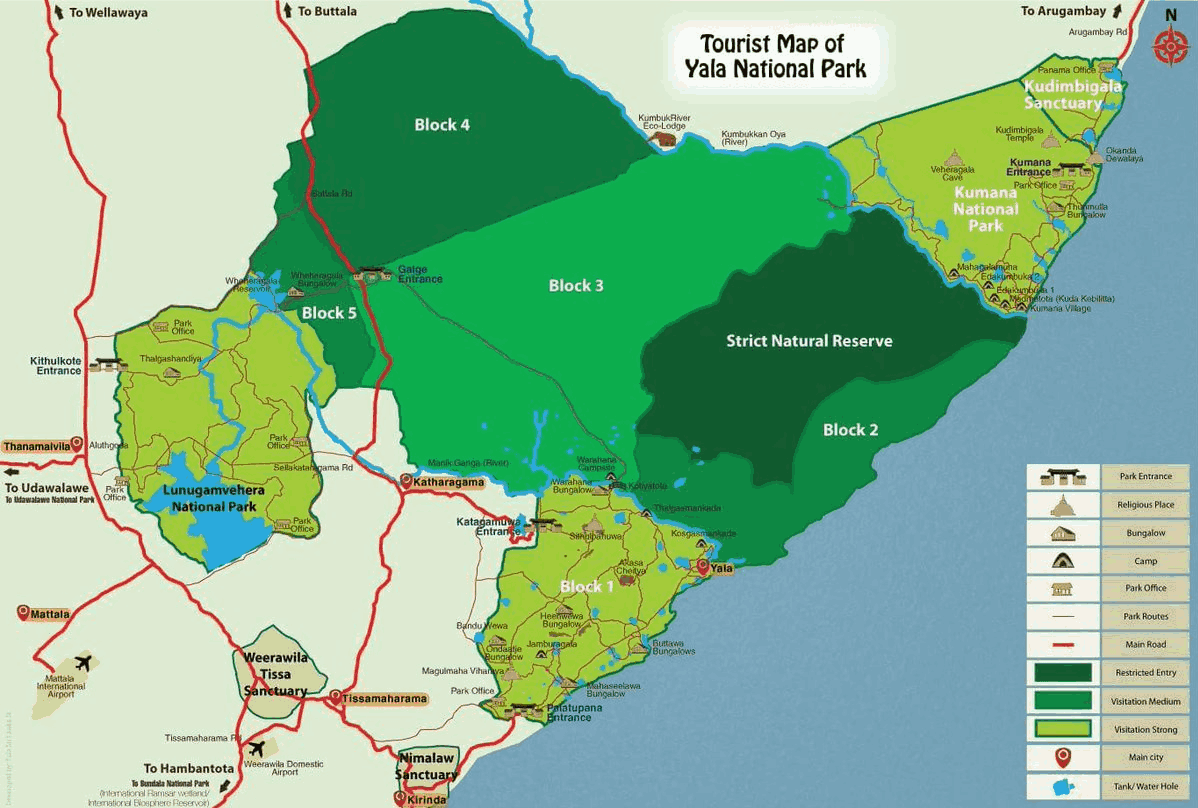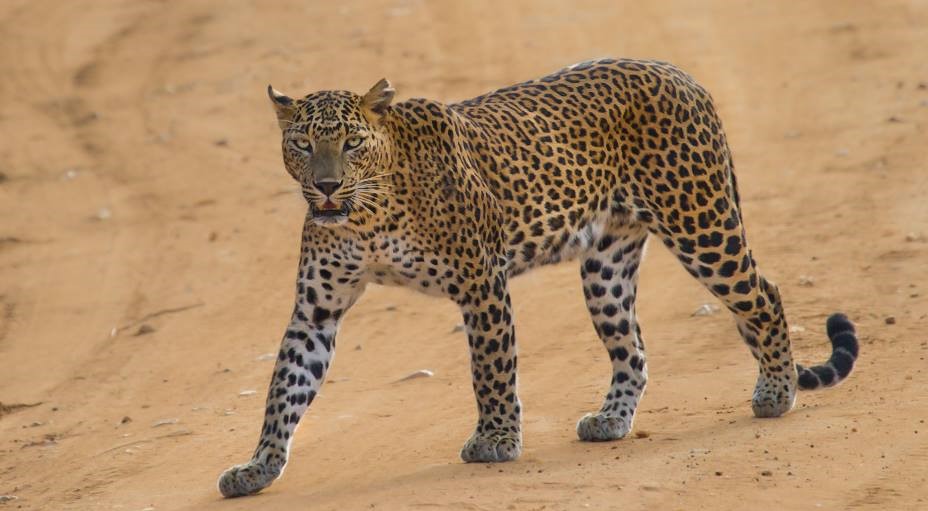When we imagine a tropical island, we think of golden beaches, lush palm trees and crystal clear blue oceans as far as the eye can see. So we would not normally expect to go on safaris when we visit tropical islands in the sun. However, when in Sri Lanka we must be prepared to see the unexpected time and time again.
Sri Lanka may be a small island but it is also a big game safari destination that is home to some of the most magnificent species on earth. Sri Lanka has 21 protected National Parks where animals including elephants and leopards can be found living free in the wild.
Yala National Park is the largest and the oldest in Sri Lanka. It was set aside as a wildlife sanctuary in 1900 and declared a National Park in 1938. Yala is the most popular National Park in Sri Lanka and is located in the south east of the island.
Yala National Park is 978.807 sq km or 377.919 sq miles in extent and is divided into 5 blocks or zones. Not all the blocks are accessible to visitors. Block 1 which covers a land area of over 14,000 hectares is the oldest and most popular part of the park. It has the highest concentration of animals, so Block 1 provides visitors with the best chance of spotting big game animals such as leopards and elephants.
Yala has a wide range of landscapes including moist monsoon forests, dry monsoon forests, semi deciduous forests, thorn forests, grasslands, marshes, marine wetlands, lagoons and sandy beaches all packed into a compact area. These varied landscapes and ecosystems enable mammals, birds, reptiles, amphibians, invertebrates and fish to coexist side by side as nature intended.
Elephants & Leopards
There are at least 44 species of mammals at Yala. The biggest of them is the Sri Lankan elephant. It is not unusual to see elephants walking on the beautiful beaches on the southern border of the park where the green jungle ends and the blue ocean begins.
The top predator at Yala is the leopard, also known as Panthera pardus kotiya. The leopard is referred to as Kotiya by the locals. The Kotiya is a sub-species native to the island of Sri Lanka and is the largest leopard species found on earth.
In addition Sloth Bears, Sri Lankan Buffaloes, Spotted Deer, Toque Macaque, Golden Palm Civet, Red Slender Loris and Fishing Cats are among the other mammals that can be seen at Yala National Park.
Crocodiles & Giant Turtles
As with any tropical jungle there are a variety of reptiles at Yala. It is believed that there are at least 47 types of reptiles of which, six types are endemic to the island. Crocodiles, snakes and turtles are among the species of reptiles that populate the park.
Crocodiles are most often spotted in and around the numerous lakes and lagoons of the park. The two most common types of crocodiles found at Yala are the Mugger Crocodile and the Saltwater Crocodile. The snake species found at Yala are highly dangerous, they include species such as Vipers, Pythons and Cobras.
Since Yala is bordered by the ocean to the south, giant sea turtles can also be seen on the white sandy beach at the edge of the jungle at various times of the year. A number of endangered sea turtle species including Leatherback Turtle, Olive Ridley, Loggerhead Sea Turtle, Hawksbill Turtle and Green Turtle have also been observed.
Birds & Butterflies
There are 215 species of birds at Yala of which seven, namely Grey Hornbill, Sri Lanka Jungle Fowl, Sri Lanka Wood Pigeon, Crimson-Fronted Barbet, Black-Capped Bulbul, Blue-Tailed Bee-Eater and Brown-Capped Babbler are endemic to Sri Lanka. The biggest bird found at Yala is the magnificent Pavo Cristatus or Peacock which is endemic to South Asia.
Plenty of butterfly species are also found at Yala including, the Common Bluebottle, Common Lime, Crimson Rose, Common Jezebel and Common Mormon.
Aquatic life
In the lakes and reservoirs of Yala at least 21 varieties of freshwater fish are found while numerous types of crabs and prawns inhabit salt water lagoons of the park.
Yala is open to visitors most of the year but the park may be closed during the driest months to prevent visitors from becoming an obstruction to the activities of the animals as they travel long distances in search of water.
According to the guides the best time to visit is between February and June as the highest number of animal sightings are reported during that time of the year.
For those interested in bird watching, the period between November to late December is ideal as it is the time of the year when migratory birds from various parts of the world fly to Sri Lanka in order to escape the cold weather and monsoons in their native countries.
Think safari and all sorts of images spring to mind, tents, dusty tracks, off-road vehicles, vast areas devoid of human settlements and a feeling that one is truly in the wild. A safari at Yala offers all of that and more to the visitor. The best way to see Yala is to go on a jeep safari organised by a reputable tour operator. They provide 4WD vehicles, drivers and guides. The experience of a good guide is invaluable because they will possess extensive knowledge of the fauna and flora of the area.
Visitors who are prepared to spend a little more money can engage the services of specialist safari companies that provide all-inclusive luxury glamping expeditions in one convenient package.
Feeding the animals is strictly prohibited. The animals at Yala live in the wild and feed in the wild as nature intended.
Cameras, video-cameras, mobile phones and other electronic devices must be used with great care and visitors must keep in mind not to use flash photography under any circumstances. Mobile phones should be set to ‘silent' at all times.
It is recommended that car stereos and other audio equipment be kept switched off as some animals can clearly hear low frequency sounds even at reduced volume.
Yala National Park is a real jungle area and not a man made park designed for entertainment. The animals at the park are wild animals living in their natural habitat. Therefore, visitors must accept the fact that there is an element of risk involved. Although animal attacks are rare, visitors must remember that such things can happen. Animals are highly unpredictable, temperamental and may easily be provoked, causing them to spring into action without warning. However, the park rangers and guides have the knowledge and experience to ensure that visitors come to no harm while they are inside the park.
Yala is a beautiful place, so there are lots of visitors at popular times. Some people prefer to avoid the crowds and visit outside of the peak season or at off-peak times. The period from mid-December to late January can be particularly busy.
Visitors have to also keep in mind that there are rules and regulations put in place to ensure the safety of the animals and to protect the natural environment of the park itself. Matches, lighters, cigarettes, alcohol, drugs, knives, guns and weapons are strictly prohibited. Therefore, possession of illegal items can result in visitors being prosecuted, fined or even being sent to jail.
Sri Lanka has the best big-game safaris outside of Africa. Whether it's a five star luxury all inclusive safari experience or a standard safari, Sri Lanka offers the most bang for your buck. So no visit to Sri Lanka would be complete without an excursion to one of the island's 21 National Parks. If there is only time to visit just one of them, the best option has to be Yala, it is simply like going on a day trip to the wilds of Africa without having to leave paradise.

